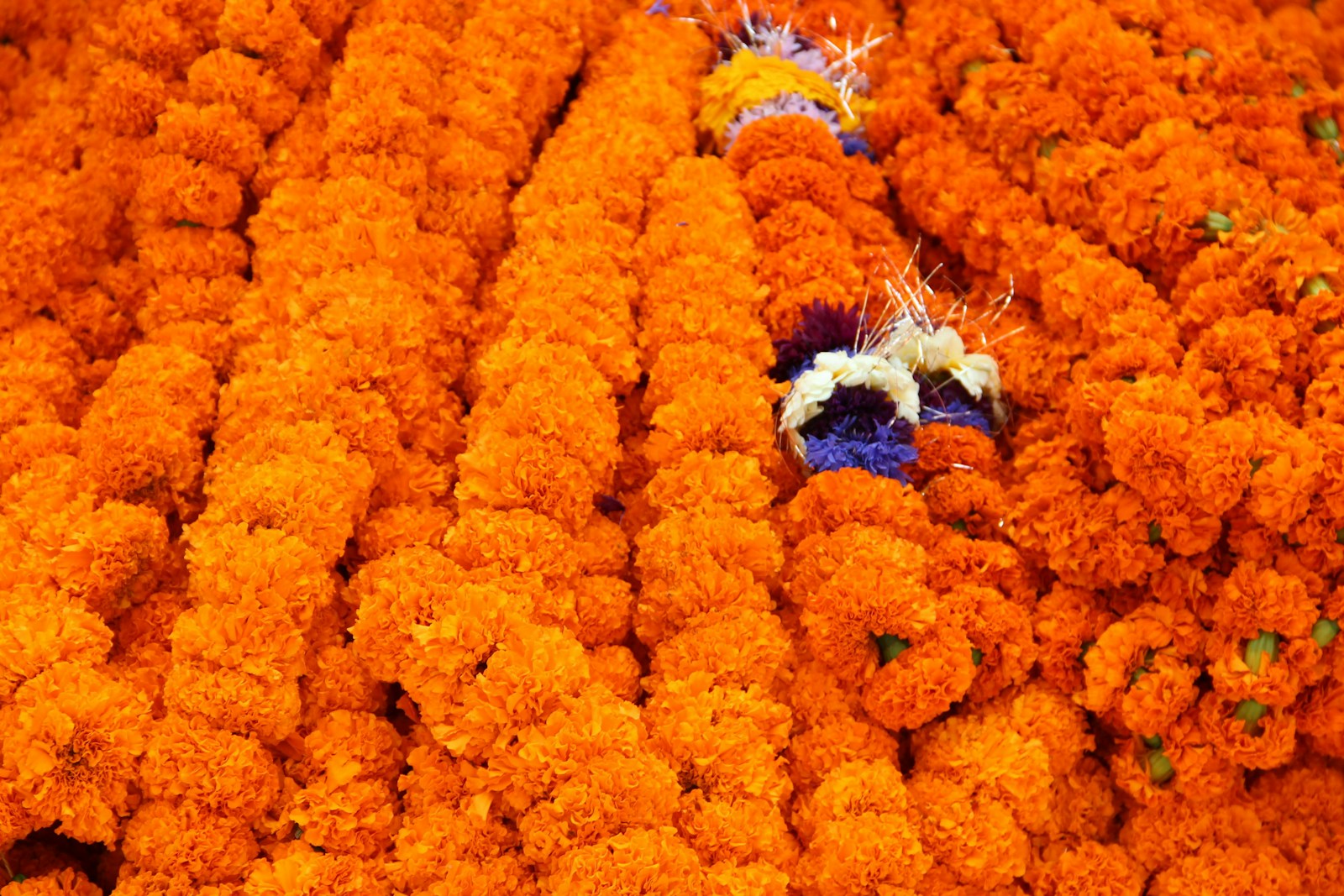
Top 10 Major Festivals Of Nepal
Posted on: Monday, January 20th, 2025.Do you know Nepal is a cultural hub? Apart from being a destination for high altitudes adventure activities that offer enrichment opportunities that you can shake a walking pole at. You can also find enlightenment in a Buddhist monastery, partake in a game of kabaddi- the somewhat bonkers national sport or enjoy an afternoon of yak- butter tea with a friendly local herder.
Apart from the beauty of the Himalayas and richness in natural resources, Nepal is also known for its distinct culture and colorful, vibrant festivals. Despite being small in size, the Himalayan nation is home to people of various cultures and ethnicities with different traditions and festivals. Most of the festivals celebrated in Nepal have religious connotations, and some are based on important events from ancient mythology and epic literature.
Nepal’s vibrant cultural diversity is evident in the different festivals celebrated in the country. Here are 10 of Nepal’s major festivals, which offer a glimpse of its rich diversity.
1. Dashain and Tihar
2. Buddha Jayanti
3. Gai Jatra ( Cow Festivals )
4. Janai Purnima
5. Teej
6. Shree Krishna Janmashtami
7. Fahun Purnima
8. Maghe Sankranti
9. Indrajatra
10. Rato Machindranath Jatra
Dashain and Tihar
Dashain is a big and a cultural experience with equal. Spanning a full fifteen days, the festivals of Dashain is celebrated by Hindus and Buddhists throughout Nepal. What’s happing here in this joyful extravaganza is that the populous of Nepal is celebrating an essential triumph of good over evil, and what better excuse could there be for a human goes nationwide party? Dashain, is a celebration of Goddess Durga’s victory over evil Mahishasura, as per Hindu mythology, whereas Tihar is a celebration of lights and color dedicated to Goddes Laxmi – the god of riches and prosperity in Hindu mythology. Although these festivals are connected with a particular religion, their symbolic meaning is deeply rooted in a particular region, their symbolic meaning is deeply rooted in Nepalese society. Despite their religious beliefs, people of every ethnicity celebrate lights and colors dedicated to Goddess Laxmi.
Buddha Jayanti
Buddha Jayanti is celebrated to mark the birthday of the Lord Buddha. Gautam Buddha was born in 623 BC as a prince of the Shaka dynasty in Lumbini, which now falls in the Kapilvastu district of Nepal. Since it is considered the birthplace of Buddha, Nepal celebrates Buddha Jayanti s one of its grand festivals. It falls on the full moon night of either April or May. The peace lovers and Buddhist cummunities like to make their pilgrimage to Buddha’s birthplace, Lumbini of Nepal, on this auspicious day. Further, the Buddhist monasteries, Chaityas, and Gumbas are decorated and crowded with numerous visitors on Buddha Jayanti.
Gai Jatra ( Cow Festivals )
Gai Jatra means cow carnival in English. However, is celebrated to honor the memory of a family member who died. People dress up as cows and parade through the streets. Festivals like this are celebrated to ease the pain of loss. Beginning with the Malla dynasty in Kathmandu Valley, Gaijtra’s history began. To console a Malla queen grieving the loss of her son, they would order the public who had lost loved ones to come out in procession to show her that she was not alone. Since celebrates it. Nevertheless, the festival is well known throughout the country.
Janai Purnima
Janai Purnima is another popular festival among Hindu communities that falls on the full moon of August. During these festivals, Hindu men change their sacred thread that is called ‘Janai’on this auspicious on observation of the priest. People visit Shiva Temple near the village or travel long wat to popular holy places to take a holy bath at the ‘pond’ lakes. The huge Mela is held at many holy places such as Gosaikunda in Rasuwa ( Langtang Region). The Gosaikunda gets bustling with devotees during the Gusaikunda ‘Mela’. Besides religious values, families gather together to feast on sprout lentils, commonly known as ‘Kwati’ in Nepali. Moreover, Janai Purnima also includes Rakshya Bandhan, a ceremony where priests tie the sacred thread to protect it from evil eyes. There is another ceremony where sisters tie a thread on their brother’s hand and receive gifts. But in-depth the tradition has a deeper meaning, it is a celebration and prayer to strengthen the love and respect between and among sisters and brothers. Janai Purnima has both religious and social-cultural values.
Teej – Festival Of Women
Teej is also one of the major festivals in Nepal celebrated by women all over Nepal. On this auspicious woman wear colorful sarees, Tika, bangles, and sing and dance. Traditionally, it has huge significance for married women, who visit their maternal homes and feast on traditional meals called Dar. Following Dar, women fast for a whole day without food and drinks while singing and dancing in groups. During their fasting, women pray to Lord shiva for their husband’s longevity and prosperity, whereas unmarried women pray to attain a good husband and marital bliss. Many women dance merely. The fascinating things is to see women of all age groups come together, young and old dance for hours in the heat, and rain without a drop of water or food for an entire day. Nowadays, there is a transformation in celebrating these festivals, some women drink water and eat fruits after competing the worship.
Shree Krishna Janmashtami
Shree Krishna Janmashtmi decade and celebrations on the name of Birthday of Lord Krishna. According to Hindu Mythology, Lord Krishnan considers the 8th avatar ‘incarnation of Lord Vishnu. The Lord Vishnu took birth to end the monstrosity of his evil uncle ‘Kansh.’ It falls either in August or September. Lord Krishna is a mischievous god who used to be involved in many rascals as a child, including breaking pots and stealing butter from villagers. So, on the occasion of Janmashtami, ceremonies are held where a pot with butter is hung at a height, and various teams take turns to break the pot for the delicious treat. The festivals with full of joy, happiness, and faith throughout the country. In Kathmandu valley, Krishna Mandir at Patan gets bustling with devotees.
Fahu Purnima – Festival Of Color
Holi locally also called Fagu- Purnima to celebrate in full foon of February pr early March. If you are planning to explore Nepal makes sure you will not miss the Holi festivals that celebrate wisely in Pokhara, Kathmandu, and all over Nepal. Be messy and unmanageable but for the greatest and most fun way to celebrate the nicest national events. Holi is one of the most vibrant cultural events in Nepal. It marks the feud of spring and the defeat of a demon called Holika. Hindu mythology holy festivals are organized from mythical demands Holika. All the Nepalese festivals have a story behind them, it’s also connected to the Hindu mythology. It embarks on the victory of God over evil. As per legends, a young boy named Prahalad was a devotee of Lord Bishnu, whom his father, Demond king Mahisasur considered a mortal enemy. Filled with rage the demon king ordered his sister Holika, who was blessed with fire unity, to kill his son. After which, Holika sat on fire holding Prahalad, but she was the one who perished in the flames while the boy lived. Not only do locals celebrate holy full of joy it’s also getting popular among the foreigners.
Maghe Sankranti
Mage Sankranti is one of the most popular festivals of the winter season that falls in mid of January. It symbolizes the holy month on the first day of the Nepali calendar Maga 1st. The people that bring the warm weather and end of the winter season, good health and fortune. Families get together to share delicious meals on this auspicious day. People eat sesame seeds, molasses sweet potatoes, and Yams as per traditions. The same day is observed as Magi by the Tharu community in Terai. Their celebrations include sharing delicious meals with their family and performing dances in traditional clothing.
Indrajatra
Indra Jatra is one of the exciting festivals celebrated in the Kathamndu valley among Newari communities. The eight-day long festival falls in September consider the beginning of a month-long festival season of autumn. As per Hindu mythology, it is celebrated to commemorate the time when Lord Indra came down to earth. The festival’s star forms the Basanta Darbar square with the erection of a wooden pole made of pine. Furthermore, the chariot of Living Goddess Kumari is taken out for procession on the street of Kathmandu. Thousand of spectators gather to see the joyful procession led by masked dancers known as Lakhey.
Rato Machindranath Jatra
Rato Machindranath is the most important religious event among the Newar community in Kathmandu valley. It longes chariot festivals celebrated in Nepal. In Newari terms, it is called “Bunga Dah” Jatra. The festival is geld in Lalitpur, celebrates based on the Lunar calendar to bring the monsoon to appease the rain and grain, to God Rato Chandranath. This Jatra lasted for a month. The Chariot is made taking the first 15 days, and the Jatra is celebrated for the rest of 14 days in different cities. Hence, these festivals carry a significant place from historical time to date. It is celebrated every year with a lot of joy and enthusiasm. People pray with god for the timely rain and enough grain along with the prosperity of society. During this festival family get-togethers and share delicious meals and share joy and happiness.
Final Words
As a result of different ethnic backgrounds, Nepalese people have diverse beliefs and cultures. Despite that fact, everyone unites for the celebration of the major festivals. Festivals such as Dashain and Tihar are of national significance, such as Bisket Jatra orator Machchendranath Jatra, which belong to the traditions of the old valley towns, and still others, such as hat, are observed only by a particular ethnic community.

